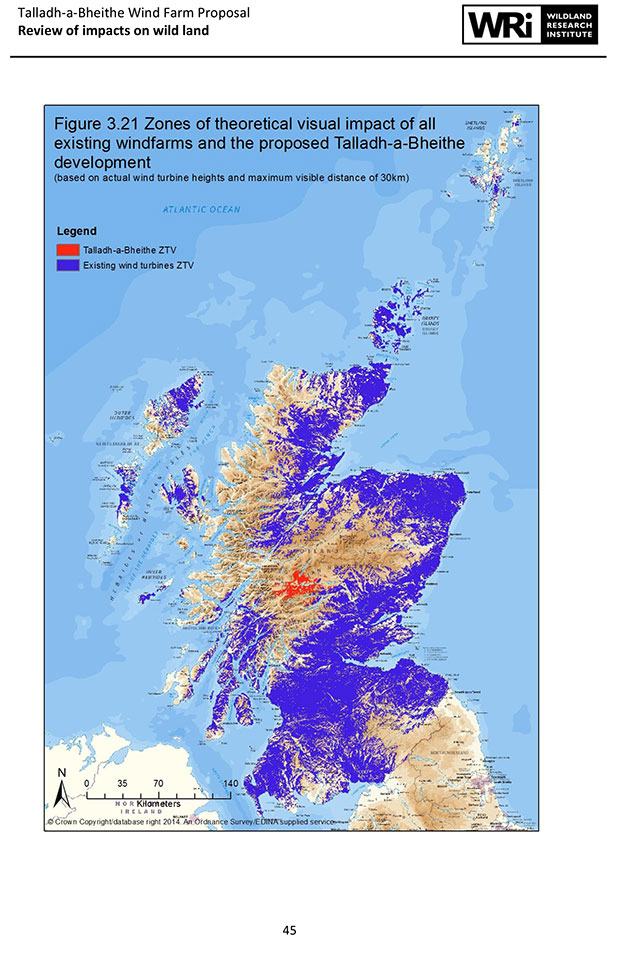UK Climate Policies To Cost £90bn Between Now And 2020
As Paul Homewood puts it:
This is close to the figure of £89bn quoted both in the Telegraph article and by Angela Knight last week.
£90.6bn equates to £3485 for every household in the country. I cannot recall Ed Davey ever telling us this.
But it gets worse in Scotland!
That figure provided by Paul Homewood is for the UK. But the Scottish government & media are more or less in the pay of BIG WIND. They have created a regime whereby we in Scotland pay more than England for the disastrous unscientific policy of filling our landscape with birdmincers.
Massive impact on Scottish tourism
And we have a massive tourist sector particularly away from the metropolitan areas of Edinburgh (where birdmincers are strangely absent) who rely on our unspoilt scenery.
But this is the effect today:

Fuel Poverty
In my last post The Holocaust of 1million UK climate victims, I referred to the Holocaust of old and poor dying during the colder months. But the worst part of this birdmincer scam is that the people who end up getting hit worst, are the poor and elderly who can least afford to pay for rising fuel bills. I’ve no doubt many people have died as a direct result of this government policy and that those politicians responsible have blood on their hands.
One day, in a more enlightened time, academics will stop being so gullible about the wind business and do the research that I’m sure will back that up. Until now, all I can do is point to those charities who are campaigning against fuel poverty such as Energy Action Scotland.
Fuel Poverty and Health
(Energy Action Scotland)
Increased Winter Mortality (Excess Winter Deaths)
In most north European countries more people die in the four months from December to March than during the rest of the year.
There were 2,000 “excess” deaths in Scotland during the winter of 2011/12.
Contributing factors include low income, inefficient heating systems, external temperature fluctuations, and excessive dampness and mould growth associated with poor housing stock.
In Scotland there are long and damp winters, which are worse for health than dry Scandinavian winters. Factors affecting excess winter mortality are varied and complex, but there is a strong relationship between thermal standards in housing and excess winter deaths.
The UK has much higher winter deaths rates than other countries with more severe winter climates, implying that it is not outdoor exposure to cold that is the key determinant. Northern Finland, where winter temperatures regularly drop to -20°C, has a significantly lower rate of excess winter deaths than the UK. However, Finnish buildings have historically had much higher levels of insulation and whole house central heating has been the norm for years.
It is generally accepted that the number of excess winter deaths could be reduced if everyone could be kept warm in their homes during the winter months.
For statistics on increased winter mortality see Statistics and Trends.


Well said, Mike!
Not the first time the Brits did this to the Scots….